Road rules and safety - Poland
Which rule are you interested in?
- Alcohol limits
- Forbidden lane
- Influence of drugs
- Mobile telephone
- Other specific rules
- Safety helmet
- Seat belts
- Speed limits
- Traffic lights
| < 0,2 mg/ml Professional drivers | |
| < 0,2 mg/ml Standard drivers | |
| < 0,2 mg/ml Novice drivers |
Cyclists
Cyclists must use cycle paths or cycle lanes where provided and marked for the direction in which they are travelling or intend to turn. Riding on the road alongside another cycle or moped is permitted by way of exception provided this does not hinder other road users or otherwise endanger traffic safety A cyclist may exceptionally use pavements or footpaths if:
A cyclist using a pavement or footpath must ride slowly and with great care, giving way to pedestrians. Cyclists must not:
Some towns and cities provide advanced stop lines for bicycles and contraflow lanes. And some provide combined cycle and footpaths. When using these, cyclists must take particular care and give way to pedestrians. Pedestrians 
Pedestrians must use pavements or footpaths or, when none are provided, the hard shoulder or verge. If there is no hard shoulder/verge or it is temporarily out of use, pedestrians may use the carriageway, provided they stay as close to the side as possible and keep well clear of approaching vehicles. Pedestrians walking on the hard shoulder/verge or carriageway must keep to the left-hand side of the road. Pedestrians are allowed to use cycle paths only if there is no pavement or hard shoulder/verge or it is impossible to use them. Apart from the disabled, pedestrians using a cycle path must give way to cyclists. Footpaths/pedestrian zones
Footpaths/pedestrian zones are strictly for pedestrian use only and all vehicle traffic is prohibited. Residential areas
In designated residential areas pedestrians have right of way over vehicles; they may use the full width of the road and cross it at any point they wish. Children below 7 years of age may use the road without having to be accompanied by adults. Drivers must not exceed a speed of 20 km/h. Public transport lanes
Some lanes are reserved for public transport services. Motorway lanesIt is forbidden to drive on the hard shoulder and to stop or park there, except in the event of a breakdown.
|
Forbidden drugsOpioids (morphine and heroin) Amphetamine and its analogues (metamphetamine, ecstasy) Cocaine THC (cannabis) Benzodiazepines All substances with an influence similar to alcohol |
 | Drivers may use their mobile phone with a hand-free set |
It is forbidden for a pedestrian to use a telephone or other electronic device while entering or crossing the road, track or pedestrian crossing – in a way that leads to a reduced ability to observe the situation on the road, track or pedestrian crossing. | |
 | Drivers may not use their mobile phone without a hand-free set |
| Daytime running lights (dipped headlights in the dark) are compulsory | |
| Safety equipment for pedestriansPedestrians using a road outside a built-up area after dusk are obliged to wear reflective elements visible to other road users, except when walking on stretches of road designated for pedestrian use only or on the pavement. | |
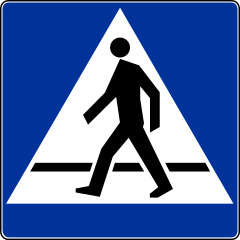 | Pedestrians |
| Compulsory equipment for cyclists | |
 | Emergency corridor and zipper merge The drivers are obliged to create an emergency corridor and zipper merge as presented in the pictures below. This allows shortening the emergency services' arrival to the accident place and ensures smoother traffic on the roads. |
| Safety equipment for carsFire-extinguisher Warning triangle |
| Bicycles | |
| Motorcycles with/without a sidecar(Except vehicles originally equipped with seat-belts) | |
| Mopeds | |
| Light and heavy quadricycles(Except vehicles originally equipped with seat-belts and closed bodywork) | |
| Light and heavy tricycles(Except vehicles originally equipped with seat-belts) |
The use of seat belts and child restraint systems is MANDATORY (Directive 91/671/EEC as amended). Seat belts are not compulsory for:
Child seats are not compulsory in:
|
Heavy goods vehicles
over 3.5 t
Standard speed limits (unless otherwise stated by traffic signs) [km/h]
 | Motorways and expressways and dual carriageways with at least two lanes in each direction. |
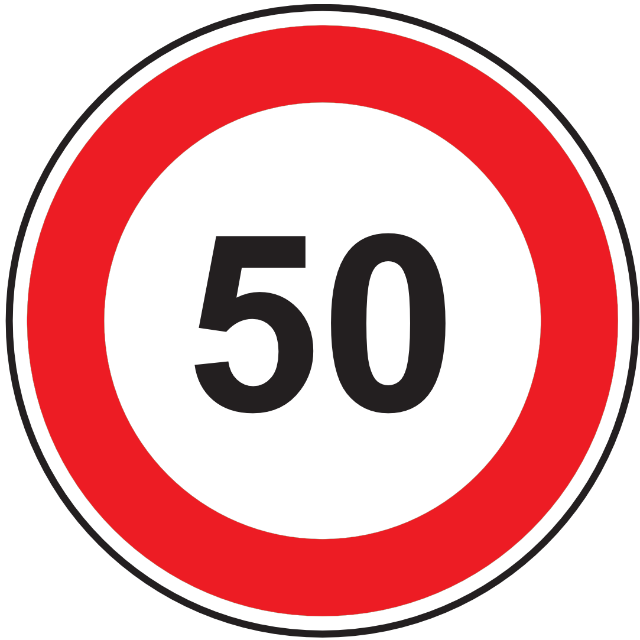 | Urban roads
20 km/h in residential areas. |
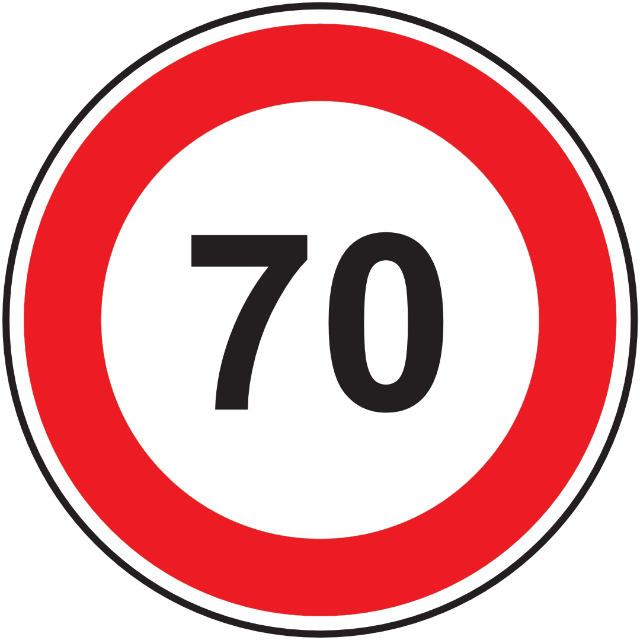 | Non-urban roads/other roads |
Passenger cars & vans with trailers
Vehicles below 3.5 t
Standard speed limits (unless otherwise stated by traffic signs) [km/h]
 | Non-urban roads/other roads |
 | Urban roads
20 km/h in residential areas. |
 | Motorways and expressways and dual carriageways with at least two lanes in each direction. |
Passenger cars & vans
Vehicles below 3.5 t
Standard speed limits (unless otherwise stated by traffic signs) [km/h]
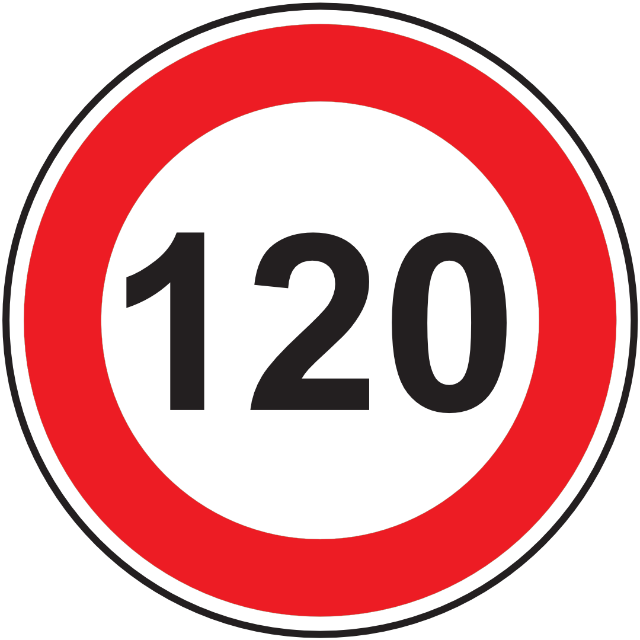 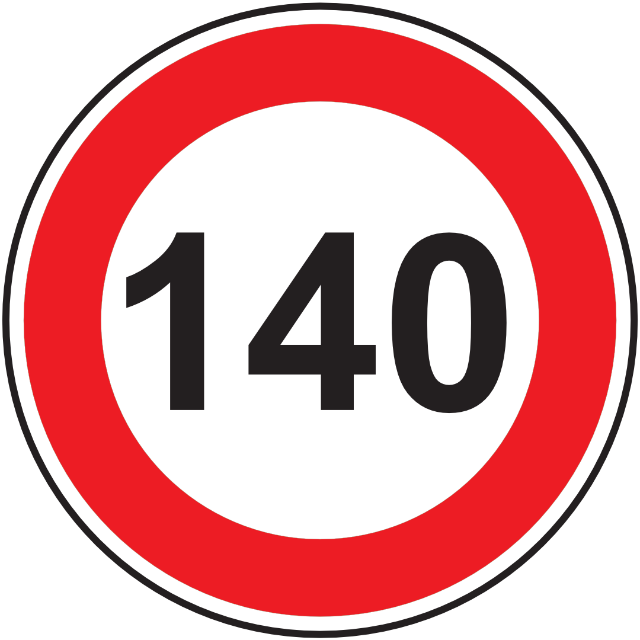 | Motorways/dual-carriageway expressways
|
 | Non-urban roads/other roads |
 | Urban roads
20 km/h in residential areas. |
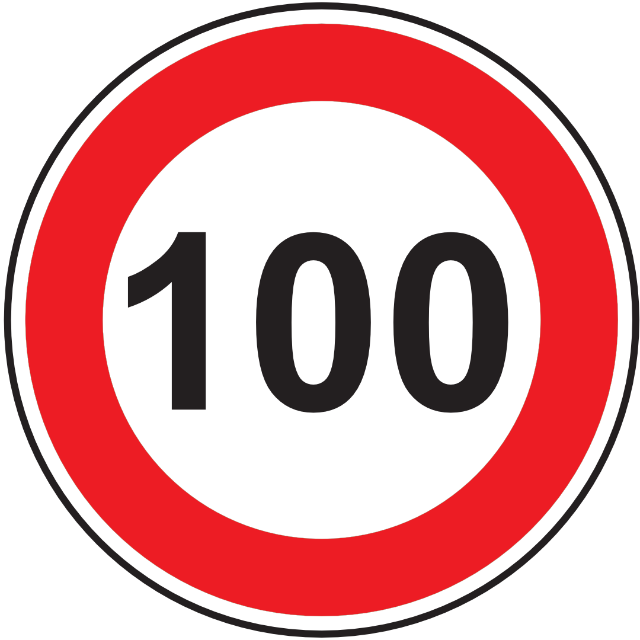 | Single-carriageway expressways/dual carriageways with at least two lanes in each direction |
Motorcycles
Vehicles below 3.5 t
Standard speed limits (unless otherwise stated by traffic signs) [km/h]
 | Non-urban roads/other roads |
  | Motorways/Dual-carriageway expresswaysMotorways: 140 km/hDual-carriageway expressways: 120 km/h |
 | Urban roads
20 km/h in residential areas. |
 | Single-carriageway expressways and dual carriageways with at least two lanes in each directionSpeed limits for motorcycles (including with trailer), quads and mopeds with a child passenger up to 7 years old: 40 km/h |
Buses
Standard speed limits (unless otherwise stated by traffic signs) [km/h]
 | Motorways-expressways for buses with special technical equipment |
 | Motorways and expressways and dual carriageways with at least two lanes in each direction |
 | Urban roads
20 km/h in residential areas. |
 | Non-urban roads/other roads |
Red means 'Stop'; you must not go beyond the traffic light. When red and amber show together, this also means 'Stop', but indicates that the lights are about to change to green. Green means you may proceed, provided you can clear the intersection during the green phase and your entering the intersection does not pose any danger to other road users. Amber means ‘Stop’. Only if you are already so close to the traffic light that stopping would mean having to brake hard may you go on when the amber light appears; amber also indicates that the signal is about to turn to red. A green arrow under a red light: this means that you may turn off in the direction indicated by the arrow, provided that you first stop at the light before proceeding without hindering other road users who have a green light. |
Disclaimer
This content on road safety and traffic rules is provided by the national authorities according to Article 8(1) of Directive (EU) 2015/413/EU. The European Commission does not assume liability for this content or its accuracy. For the most accurate and up-to-date information check national websites, where you can also find information on other national rules covering time-based charges (vignettes), emission stickers and road tolls.

